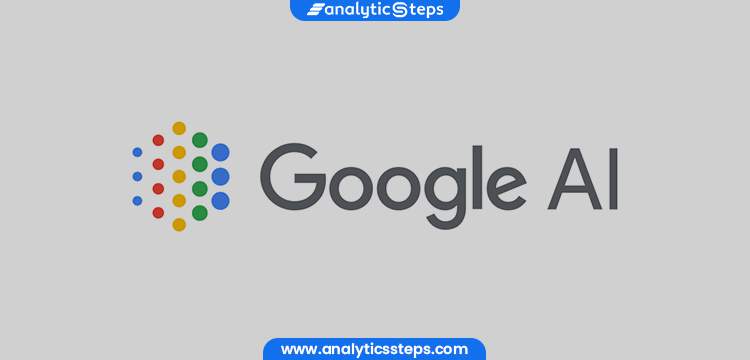Google AI solves 50 year Protein Problem
Jul 29, 2021 | AS Team

The Discovery
Isn’t it surprising to find how Google’s DeepMind has been able to rip apart the structures and basic foundations of proteins? Proteins are complex structures that play one of the most important roles in our body because they are known as the building blocks of cellular structures.
The makers have tried to understand the working behind the same and the way it works towards the biological layers wrapped up in proteins. They have jotted down almost 20,000 protein structures of human beings while planning how to create a list arranged in a chronological order.
This database would be made available (free of cost) in the world of technology where the threads of various structures of protein would be enlisted in an orderly fashion. They even have collaborated with European Molecular Biology Laboratory’s European Bioinformatics Institute (EMBL-EBI) in order to grasp the idea of the way life works if estimated in terms of an atomic scale. This discovery of the structures could be one of the most significant factors contributing to the field of biological science.
Evolution
We all are trapped in a whirling motion of evolution. And the key to know something beyond the biological world is to understand genome structures. These genome structures have more than 20,000 proteins but barely one-third of them have been deciphered. The rest lies beyond the horizon. However, Artificial Intelligence(AI) has been able to separate and capture the beauty of the medical world.
(Must Check: 5 Applications of Nanotechnology in Biology)
The first protein structure was predicted in the year 1958 and since then, it has helped a lot in the basic understanding of several complex structures and their mechanisms in our body. According to India Today, DeepMind states:
“This complementary approach is faster and easier, promising to scale efficiently and keep up with the exponential growth in sequence data.”
The AI team said that they plan to expand the horizon and coverage in the coming months and that, “it’s a veritable protein almanack of the world.”
This latest discovery expanded the vision of the researchers and encouraged them to estimate the growth in resources because this achievement contains in itself the potential, power and capability to predict almost 130 million complex structures of protein by the end of this year.
